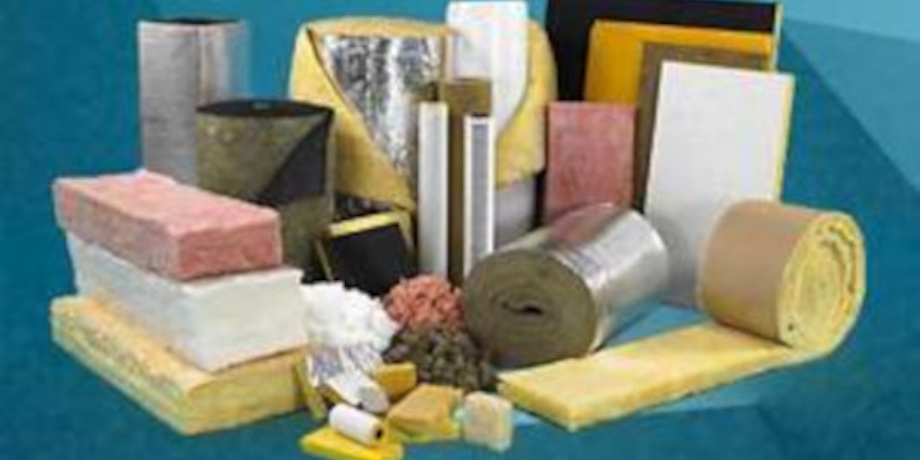Top Insulation Materials Keeping You Warm

- Glass Wool: Commonly used in walls and roofs, glass wool offers good thermal insulation. It's relatively affordable and easy to install. However, it can be itchy and requires careful handling due to its fibrous nature.
- Rock Wool: Made from volcanic rock, rock wool is fire-resistant and offers excellent sound insulation. It's also resistant to mould and pests. Similar to glass wool, it can be itchy and requires careful handling.
- Polystyrene: Available in expanded (EPS) and extruded (XPS) forms, polystyrene offers high R-values (a measure of thermal resistance) and is water-resistant. However, it's not environmentally friendly and can contribute to landfill waste.
- PIR (Polyisocyanurate): PIR boasts high R-values and excellent resistance to moisture and heat. It's often used in commercial buildings but is becoming more popular for residential applications. However, it can be more expensive than other options.
- Phenolic Foam: Phenolic foam offers exceptional thermal performance and is often used in cold climates. It's rigid and durable but can be more expensive than other options.
- Reflective Insulation: This type of insulation uses a radiant barrier to reflect heat rather than absorbing it. It's often used in conjunction with other insulation materials for added efficiency. However, its effectiveness can vary depending on climate conditions.
- Natural Wool Insulation: Derived from sheep's wool, this eco-friendly option offers good thermal and acoustic insulation. It's breathable, moisture-resistant, and non-flammable. However, it can be more expensive than synthetic alternatives.
Choosing the right insulation material depends on factors such as climate, budget, environmental concerns, and the specific needs of your building. It's often recommended to consult with an insulation specialist to determine the best option for your project.
A Deeper Dive into Insulation Materials
- Glass Wool and Rock Wool
- Similarities: Both are mineral wool insulation materials, offering good thermal and acoustic properties. They are relatively affordable and widely available.
- Differences: Rock wool is generally considered more fire-resistant and durable than glass wool. It also has better water resistance, making it a suitable choice for damp environments. Glass wool, on the other hand, can be more cost-effective.
- Polystyrene (EPS and XPS)
- EPS (Expanded Polystyrene): Less dense and less expensive than XPS, EPS is often used for underfloor insulation and as packaging material. It has good insulating properties but is less resistant to moisture and impact.
- XPS (Extruded Polystyrene): Denser and more rigid than EPS, XPS offers superior moisture resistance and compressive strength. It's often used for foundation insulation and flat roofs. However, it's generally more expensive than EPS.
- PIR (Polyisocyanurate)
- PIR is a high-performance insulation material with excellent thermal resistance and moisture resistance. It's often used in commercial buildings and high-performance residential applications. While it's more expensive than some other options, its long-term performance and energy savings can justify the higher cost.
- Phenolic Foam
- Phenolic foam is known for its exceptional thermal conductivity, making it an excellent choice for cold climates. It's also rigid and durable, but it can be more expensive and challenging to install than other options.
- Reflective Insulation
- Reflective insulation works by reflecting radiant heat rather than absorbing it. It's often used in conjunction with other insulation materials to enhance performance. While it can be effective in certain conditions, its performance can vary depending on factors like climate and installation.
- Natural Wool Insulation
- As an environmentally friendly option, natural wool insulation offers good thermal and acoustic properties. It's breathable, moisture-resistant, and non-flammable. However, it tends to be more expensive than synthetic alternatives and might not be as readily available.
Key Factors to Consider When Choosing Insulation:
- R-value: This measures the material's resistance to heat transfer. Higher R-values generally indicate better insulation.
- Moisture Resistance: Some materials are more resistant to moisture than others, which is crucial for preventing mould and rot.
- Fire Resistance: This is important for safety, especially in walls and ceilings.
- Installation: The ease of installation and the required expertise should be considered.
- Cost: Insulation materials vary in price, so it's important to balance cost with performance.
- Environmental Impact: If sustainability is a priority, consider materials with lower environmental impact.
Remember: The best insulation material for your project depends on various factors, including climate, budget, and the specific area to be insulated. Consulting with an insulation specialist can help you make an informed decision.
Factors Affecting Insulation Material Choice
The optimal insulation material for a project is influenced by several key factors:
Climate
- Cold Climates: Materials with high R-values, like fiberglass, rock wool, or spray foam, are ideal for retaining heat.
- Hot Climates: Reflective insulation or materials with good air permeability, such as cellulose, can help reduce heat gain.
- Humid Climates: Moisture-resistant materials like XPS or spray foam are suitable to prevent mould and mildew.
Budget
- Cost-effective options: Fiberglass, cellulose, and rock wool are generally more affordable.
- Higher performance: Materials like spray foam, PIR, and phenolic foam offer superior insulation but come with a higher price tag.
Specific Area
- Attics and Roofs: Fibreglass, cellulose, or spray foam are common choices.
- Walls: Fibreglass, rock wool, or spray foam are suitable for cavity walls. For solid walls, external insulation or internal wall insulation might be considered.
- Floors: Rigid foam boards or spray foam are often used for underfloor insulation.
- Foundations: XPS or spray foam are commonly used due to their moisture resistance.
Additional Considerations
- Environmental Impact: Some prefer natural materials like cellulose or wool insulation.
- Health Concerns: Allergy sufferers might consider materials with low allergen potential.
- Fire Resistance: Materials like rock wool and mineral wool offer good fire resistance.
- Installation Difficulty: Some materials require professional installation, while others can be DIY-friendly.
By carefully considering these factors, you can select the insulation material that best suits your project's specific needs and budget. It's often recommended to consult with an insulation specialist to determine the most appropriate solution.




























































































































